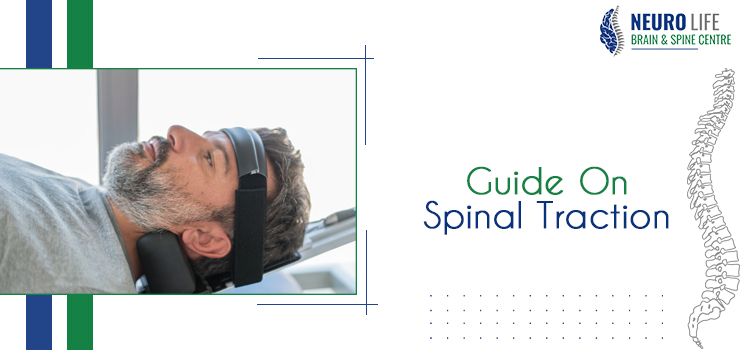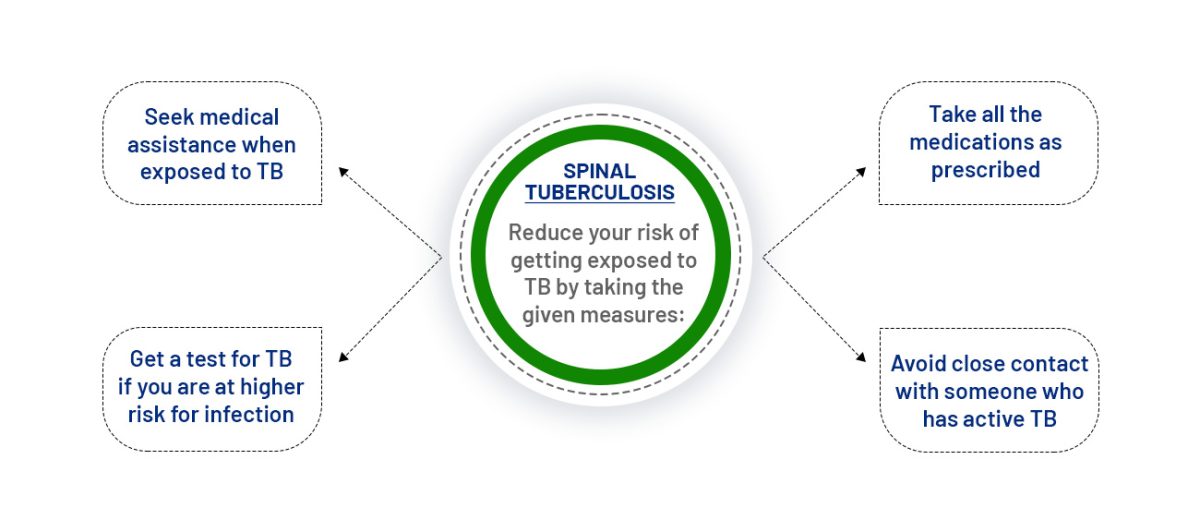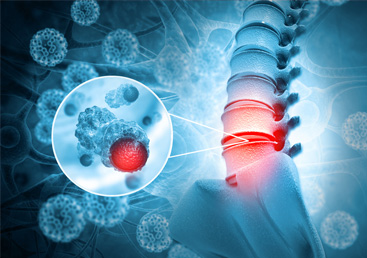Spinal Traction For Neck and Back pain: Does it work?
The medical advancement makes all of us wonder at times, ‘How mind boggling it is that we have the best treatment options for almost every problem?’ Even if you have back or neck pain, there are practical management tips and comfortable treatment plans to improve the condition. To strengthen your spine and neck care, you must consult one of the best spine doctors in Ludhiana and begin your treatment plan at the earliest. One such treatment that’s gaining huge demand is spinal traction.
In simple terms, spinal traction means using force and counterforce to pull in opposite directions to help reduce the severity of symptoms and get the spine health back on track. When you consult the neurologist in Ludhiana, he won’t suggest the surgical plan right away. The surgeon offers the options first that do not require much effort.
Spinal traction might improve mobility
Through studies, it’s still not clear the way it works. But, it’s believed that spinal traction helps you to have relief from pain by targeting the pain impulses and creating desired space in the vertebrae. That’s not all. Spine mobility gets much better, and mechanical stress reduces significantly. In spinal nerve root compression, the muscle spasm pain level reduces, which makes the utmost difference in your overall spinal health.
Although, one thing is sure; spinal traction improves the overall well-being by reducing neck and back pain symptoms. It’s the combination of therapies that creates a lot of difference.
Spinal traction under medical supervision
Another essential part is to seek medical supervision no matter how simple the therapy or procedure seems. It would help if you got spinal traction under expert control. As there are different types of spinal traction, so only the medical expert can tell you which one works best for your condition like:
- Manual traction
- Mechanical traction
- Gravity dependent traction
The supervision of a licensed therapist is the key to improving your neck and back pain. The therapist knows the right amount of pressure that needs to be applied for spine decompression. It’s the gentle movement and then holding it for several seconds, finally releasing. The right approach required to perform is why you notice a difference in your overall condition.
Moreover, the therapist or medical expert will let you know how often you have to get it done in a single day, like 15 to 30 minutes. Most importantly, it’s about applying the right amount of strength to make the situation much better and well under control.
Trust the expertise to improve your situation
If you cannot get relief from neck and back pain, then it’s time to consult an experienced medical professional.







